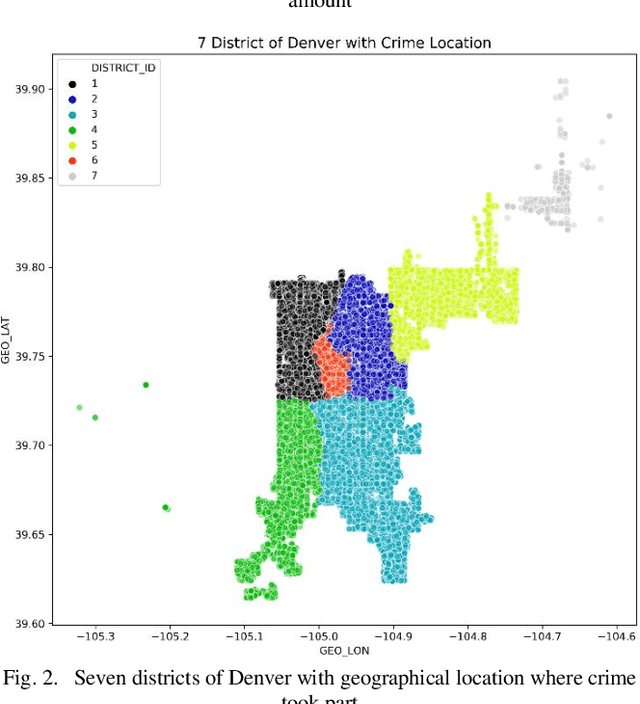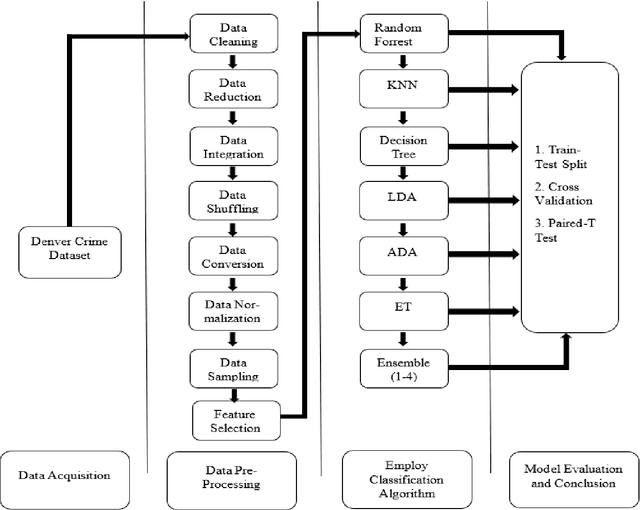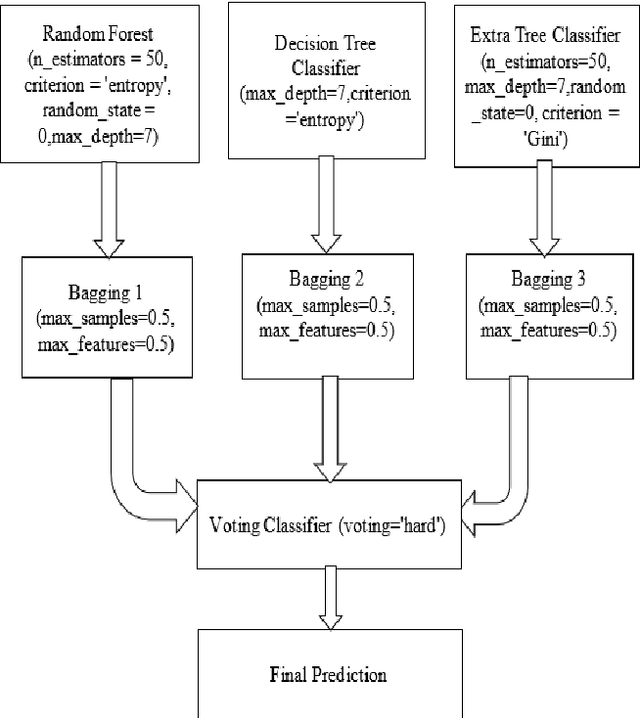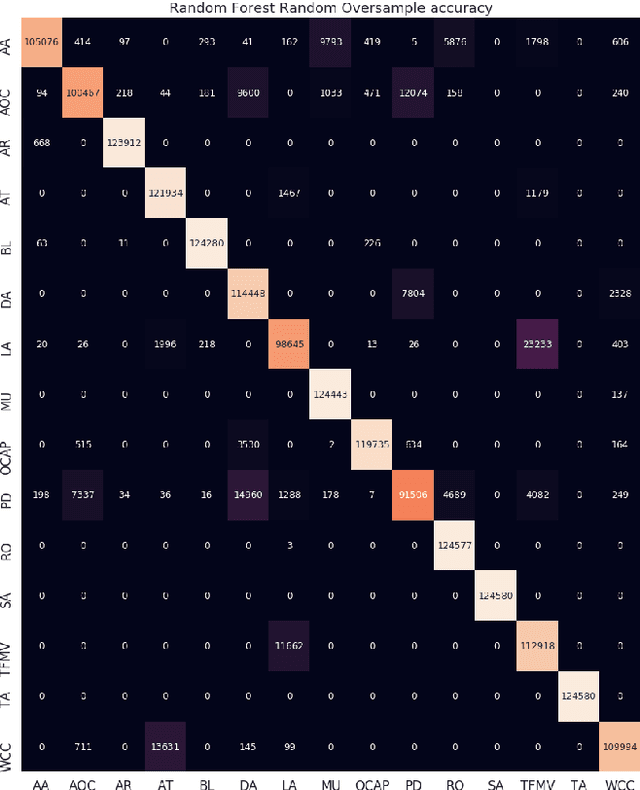A Comparative Study on Crime in Denver City Based on Machine Learning and Data Mining
Paper and Code
Jan 09, 2020



To ensure the security of the general mass, crime prevention is one of the most higher priorities for any government. An accurate crime prediction model can help the government, law enforcement to prevent violence, detect the criminals in advance, allocate the government resources, and recognize problems causing crimes. To construct any future-oriented tools, examine and understand the crime patterns in the earliest possible time is essential. In this paper, I analyzed a real-world crime and accident dataset of Denver county, USA, from January 2014 to May 2019, which containing 478,578 incidents. This project aims to predict and highlights the trends of occurrence that will, in return, support the law enforcement agencies and government to discover the preventive measures from the prediction rates. At first, I apply several statistical analysis supported by several data visualization approaches. Then, I implement various classification algorithms such as Random Forest, Decision Tree, AdaBoost Classifier, Extra Tree Classifier, Linear Discriminant Analysis, K-Neighbors Classifiers, and 4 Ensemble Models to classify 15 different classes of crimes. The outcomes are captured using two popular test methods: train-test split, and k-fold cross-validation. Moreover, to evaluate the performance flawlessly, I also utilize precision, recall, F1-score, Mean Squared Error (MSE), ROC curve, and paired-T-test. Except for the AdaBoost classifier, most of the algorithms exhibit satisfactory accuracy. Random Forest, Decision Tree, Ensemble Model 1, 3, and 4 even produce me more than 90% accuracy. Among all the approaches, Ensemble Model 4 presented superior results for every evaluation basis. This study could be useful to raise the awareness of peoples regarding the occurrence locations and to assist security agencies to predict future outbreaks of violence in a specific area within a particular time.
 Add to Chrome
Add to Chrome Add to Firefox
Add to Firefox Add to Edge
Add to Edge